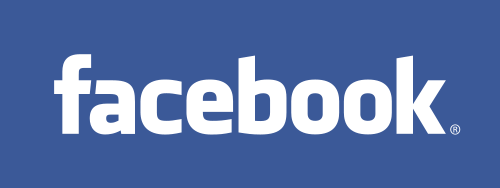The following is an article I published on LinkedIn on 7/28/2014.
Currently I accept a lot of invite requests on LinkedIn, but I’m beginning to wonder if that is the best way for me to network. My thoughts follow…
There was a time that I did not connect with someone on LinkedIn unless I had met them face-to-face. Some of you approach this platform in exactly this way, and that’s ok. When I became a corporate recruiter I chose to open the flood gates. The more the merrier was my thinking. One could understand, “ah, you’re a recruiter. I can see how you would want to network with a lot of people.” I came to this philosophy when I had attended a social media recruiting conference in San Francisco.
I met two gentlemen that are avid users of social media, do consulting and recruiting. One gentleman was Jason Seiden and the other was Craig Fisher. Both spoke at the small conference and they both worked with each other at Ajax Workforce Marketing. When discussing connections on LinkedIn Jason was more about having connections that were smaller in quantity and closer in relationship – someone that was more apt to help you. Think quality over quantity, my words, not his. Craig sided on ‘the more, the better’ side of the argument. I’ll define a quality connection as ‘one that would be more likely to help you’. Whether it be providing you with feedback on someone, routing a resume, recommend a vendor/restaurant, or providing you advice, it is timely interaction that I consider as being ‘quality’.
Fast forward two years. I am no longer in the people business, but I do network and use online social media quite a bit. It was a situation I had a few months ago that got me thinking, ‘what are people trying to get out of LinkedIn?’.
A contact of mine on Google+ let me know that his brother was in the job market and looking for opportunities. The brother had held a director title in information technology. I told my contact to get me a link to his profile on LinkedIn and I’d see what I could do. Once I connected with the director we traded some ‘inmails’. I asked for his resume, which he provided, and I then realized he was in the Atlanta, GA region. I ran a search through all my contacts on LinkedIn that were in the greater Atlanta area. I think I came up with about fifteen at the time. All were 1st level connections. I had personal ties with a few – I either grew up with them, worked for them, or spoke to them at some point in time. A few others work for the same organization as me, but our paths never crossed and simply working at the same place was our only reason for being connected. I wrote up a short message that I would send to all fifteen of these connections. The message essentially explained that I did not know the director and couldn’t speak about his work, personality, professional goals, etc, and that I was simply networking. I was trying to help someone out. I received a handful of responses ranging from “I’ll send his info over to our CIO” to “sorry, I wouldn’t know how to handle his info since he’s IT”. I would be happy with any response. A simple, “I have nothing. Good luck,” would have been fine. While I felt great about the people that responded, I also felt a sense of disappointment. I was disappointed because I had contacts I thought would certainly reply, but did not. I would understand if we have never interacted, but there were contacts in which I had good rapport and was in good standing.
Ask yourself, why are you on LinkedIn? Is it because it’s your version of a corporate equivalent to Facebook? Is it because you think you simply need to be on LinkedIn? Of course these questions are not asked of the job seeker. I’m asking the connections that are currently employed. I get requests every day. I have a good amount of connections, but I don’t know how many are interested in engaging or how many would use it for networking. It may be time to rethink how I use LinkedIn. It might be time to clean up my list of contacts.
I don’t know if the director ever found a job. With connections like his brother and people that leverage their networks, I’m sure he’ll find something.


